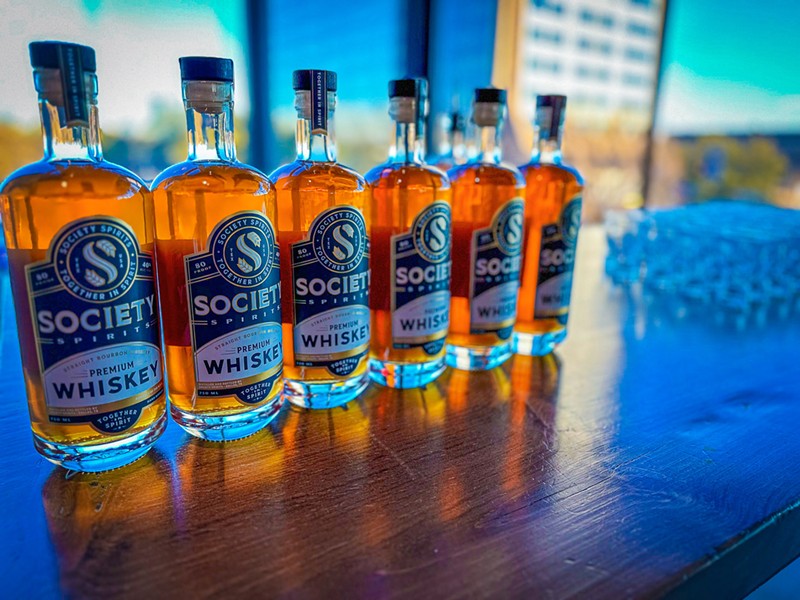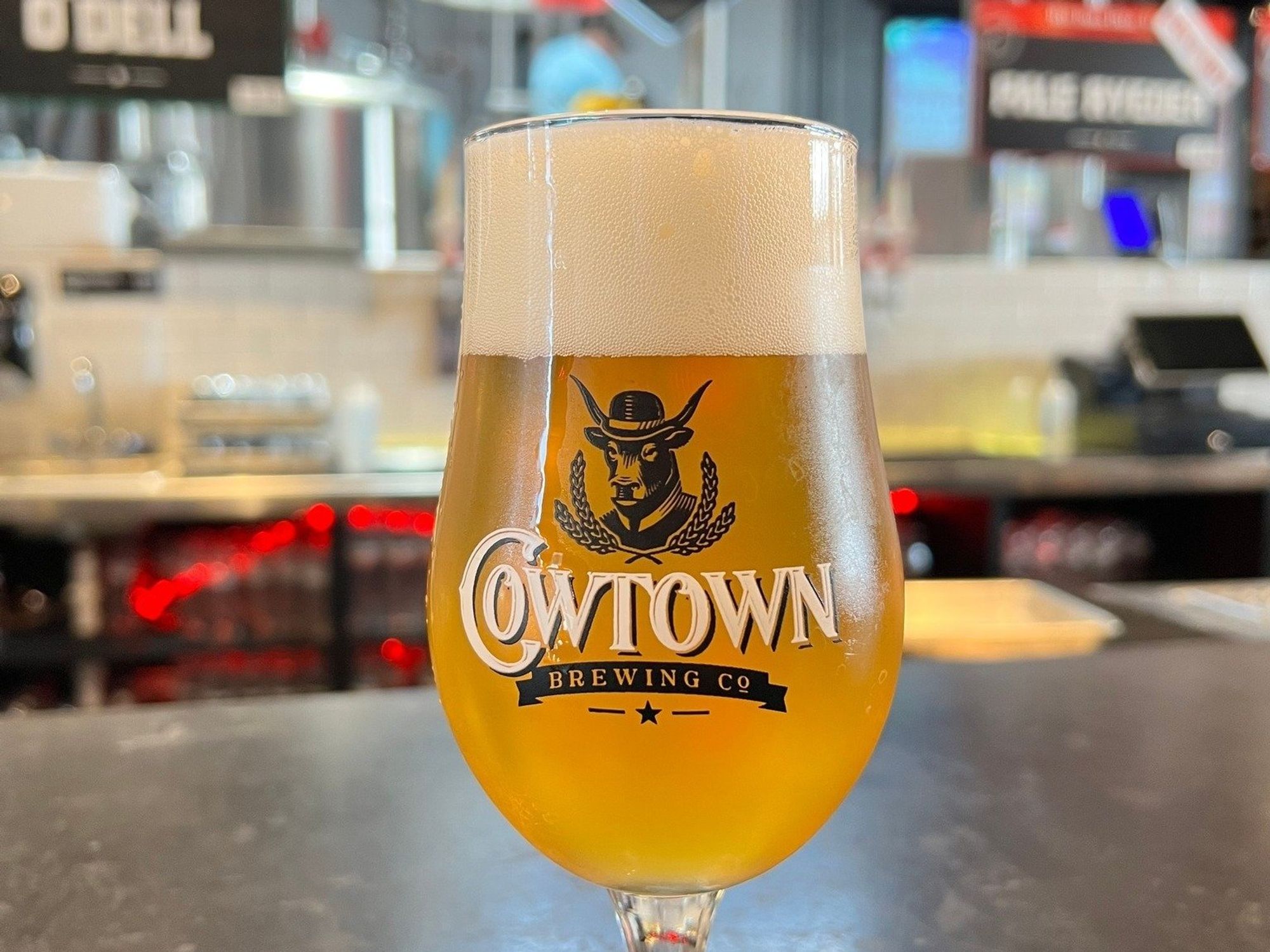Distillery in Galveston: Discover the Art of Craft Spirits
From Mash to Bottle: The Complexities of Craft Distillery Production Revealed
Craft distillery manufacturing is a meticulous process that includes a collection of intricate actions to change raw active ingredients into a refined spirit ready for usage. From the preliminary phases of mash prep work to the last touches of classifying and bottling, each phase of production plays a critical function in shaping the personality and quality of the last product (Galveston Liquor). As we unwind the complexities of craft distillery production, we will certainly reveal the artistry and scientific research behind each action, clarifying the hidden globe that finishes in the development of a special and outstanding spirit
The Art of Mash Preparation
Mash preparation in craft distillery manufacturing is a precise process that lays the structure for the high quality and flavor account of the final distilled spirits. The art of mash preparation involves integrating grains such as barley, corn, rye, or wheat with water and enzymes to transform the starches into fermentable sugars. This important action requires precision in the choice of grains, water top quality, and enzyme task to make sure optimum sugar removal during fermentation.
Craft distilleries take great care in sourcing premium grains as they directly influence the taste and character of the spirits. The proportions of different grains used in the mash expense are additionally thoroughly determined to attain the preferred taste account. Additionally, aspects such as water temperature, pH degrees, and mixing methods play a substantial function in the mashing procedure.
As soon as the mash is prepared, it undergoes fermentation, where yeast is included in convert sugars right into alcohol. The top quality of the mash directly affects the efficiency of fermentation and eventually, the total top quality of the distilled spirits. Craft distilleries pride themselves on their attention to information during mash prep work, recognizing its significance in producing remarkable spirits.
Fermentation: Transforming Active Ingredients Into Alcohol
Exactly how do craft distilleries transform carefully prepared active ingredients into alcohol with the process of fermentation? Fermentation is an essential step in craft distillery production where yeast communicates with sugars to develop alcohol.

Throughout fermentation, the temperature and atmosphere are closely kept track of to make certain optimal conditions for yeast task. This process normally takes several days to a week, depending on the desired alcohol material and flavor account. As the yeast functions its magic, the fluid undergoes significant chemical modifications, resulting in the development of alcohol.
When fermentation is total, the resulting fluid is called the clean or beer. This alcoholic fluid acts as the structure for the subsequent distillation procedure, where it will be transformed right into the final spirit with mindful workmanship and accuracy techniques.
Distillation Strategies and Tools
Utilizing customized devices and accurate techniques, craft distilleries utilize various distillation methods to extract and improve the alcohol material of the fermented wash, ultimately shaping the personality and quality of the final spirit. Distillation is the process of dividing alcohol from the fermented fluid with dissipation and condensation. Craft distilleries normally make use of pot stills, column stills, or hybrid stills in their purification processes. Pot stills, being composed of a swan and a pot neck, are recognized for creating delicious spirits with rich appearances. On the various other hand, column stills, which have multiple plates for distillation, are favored for producing lighter and smoother spirits. Hybrid stills integrate components of both pot and column stills, supplying distillers versatility in crafting a diverse variety of spirits. The option of still and the distillation method made use of significantly affect the fragrance, flavor, and overall quality of the distilled spirit. Craft distillers commonly trying out various tools setups and purification techniques to accomplish special and remarkable spirits that show their creativity and competence.
Aging Refine: From Barrel to Bottle
With the distilled spirits currently prepared, the emphasis shifts in the direction of the important phase of the aging process, where the change from barrel to bottle imbues the fluid with unique tastes and attributes. Aging plays a pivotal duty in the advancement of the spirit, as it engages with the timber of the barrels. The option of barrel kind, whether oak, charred, or previously utilized for other spirits, greatly influences the final taste account. Throughout aging, the spirit undertakes a complex series of chemical responses that enhance its color, aroma, and taste.

Bottling and Classifying: Final Touches
Upon completion of the aging process, the craft distillery thoroughly proceeds with the careful jobs of classifying and bottling, including the final touches that will certainly offer the spirit visite site to consumers. Craft distilleries commonly make use of automated bottling lines equipped with equipment such as cappers, fillers, and labelers to simplify the process.
Tags frequently include essential details like the spirit's name, alcohol web content, and origin. Additionally, some craft distilleries hand-label their containers for a customized touch, especially for limited version releases.
When the bottles are filled, secured, and identified, they undergo a last assessment her latest blog to guarantee they meet the distillery's requirements. This interest to information in the labeling and bottling process shows the craft distillery's dedication to delivering a costs item to consumers.

Final Thought
Finally, the process of craft distillery production includes meticulous steps such as mash preparation, fermentation, purification, aging, and bottling (Galveston Whiskey). Each stage calls for cautious attention to information and customized equipment to guarantee the last item meets high criteria of high quality. From changing active ingredients right into alcohol to bottling and labeling the completed item, craft distilleries showcase the art and scientific research behind creating superior spirits for discerning consumers
Craft distillery production is a thorough procedure that involves a collection of complex actions to transform raw ingredients right into a refined spirit all set for usage.Mash prep work in craft distillery production is a thorough process that lays the foundation for the high quality and flavor profile of the final distilled spirits. Craft distilleries pride themselves on find out here now their focus to detail throughout mash preparation, identifying its relevance in producing extraordinary spirits.
Upon completion of the aging procedure, the craft distillery thoroughly proceeds with the precise tasks of identifying and bottling, adding the last touches that will certainly provide the spirit to customers. From transforming ingredients right into alcohol to bottling and identifying the completed product, craft distilleries display the art and science behind creating exceptional spirits for critical customers.